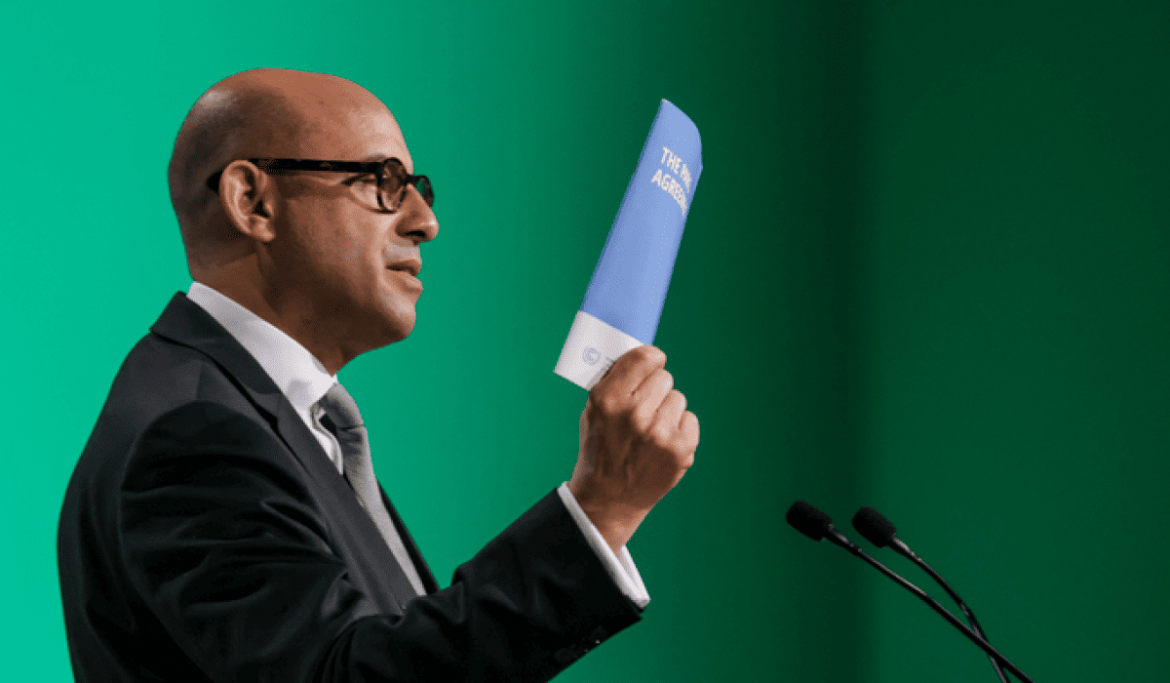Latest reports have shown that only 15 countries met the deadline for countries to submit plans for slashing the greenhouse gas emissions fuelling climate change. These countries represent less than 8% of the 194 parties currently signed up to the Paris agreement, which obliges countries to submit new proposals for eliminating emissions every five years.
These plans, known as nationally determined contributions, or NDCs, among other things, outline how each country intends to help limit average global temperature rise to 1.5°C above pre-industrial levels, or at most 2°C. This might include cutting emissions by generating more energy from wind and solar, or adapting to a heating world by restoring wetlands as protection against more severe floods and wildfires.
Each new NDC should outline more stringent emissions cuts than the last. It should also show how each country seeks to mitigate climate change over the following ten years. This system is designed to progressively strengthen (or “ratchet up”) global efforts to combat climate change.
The February 2025 deadline for submitting NDCs was set nine months before the next UN climate change conference, Cop30 in Belém, Brazil. Without a comprehensive set of NDCs for countries to compare themselves against, there will be less pressure on negotiators to raise national ambitions. Assessing how much money certain countries need to decarbonise and adapt to climate change, and how much is available, will also be more difficult.
While countries can (and some will) continue to submit NDCs, the poor compliance rate so far suggests a lack of urgency that bodes ill for avoiding the worst climate outcomes this century. The 15 countries that submitted NDCs on time include the United Arab Emirates, the UK, Switzerland, Ecuador and a number of small states, such as Andorra and the Marshall Islands.
Cop30 host Brazil submitted a pledge to reduce greenhouse gas emissions by 59-67% by 2035, compared to 2005 levels. This is up from its previous commitment, a 37% reduction by 2025 and 43% by 2030. Unfortunately, Brazil is not on track to meet its 2025 target and has set a more recent emissions baseline that will make any reductions more modest than they’d otherwise be.
Japan aims to reduce greenhouse gas emissions by 60% in 2035 and 73% in 2040, compared to 2013 levels. Japan’s previous target was for a 46% reduction by 2030. This demonstrates how the ratchet system is supposed to work.
The UK’s NDC, which pledges to reduce all greenhouse gas emissions by at least 81% by 2035, compared to 1990 levels, was described by independent scientists as “compatible” with limiting global heating to 1.5°C.
The US submitted a plan to reduce net greenhouse gas emissions by 61-66% below 2005 levels by 2035. However, this was before Donald Trump pulled the US out of the Paris agreement (for the second time), so the commitment of one of the world’s largest polluters is in doubt.
Some of the world’s largest emitters failed to submit new NDCs, including China, India and Russia.
India pledged to reduce its emissions by 35% below 2005 levels by 2030 at the signing of the Paris agreement. All of the country’s subsequent NDCs have been rated as “insufficient” by independent scientists. India’s recent national budget announcement offered scant additional funding for climate mitigation and adaptation measures.
China also made big promises in 2015 with its aim to lower its CO₂ emissions by 65% by 2030, from a 2005 baseline. However, China has been responsible for over 90% of global CO₂ emissions growth since the Paris agreement was signed. China and the US also suspended formal discussions on climate change in 2022. Increased economic competition between these two nations has resulted in export control restrictions and tariffs which have made green technologies like electric vehicles more expensive, which is certain to slow down the shift from fossil fuels.
Story was adapted from The Conversation.
